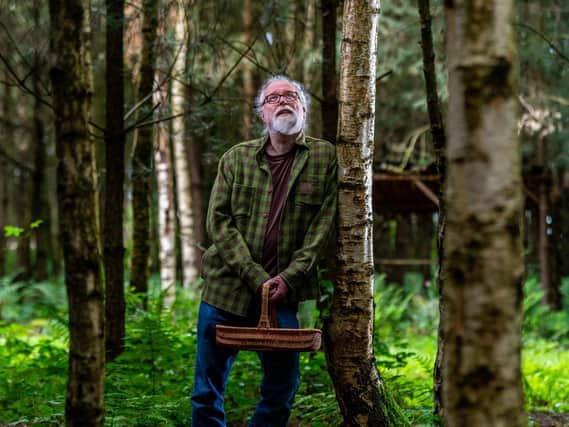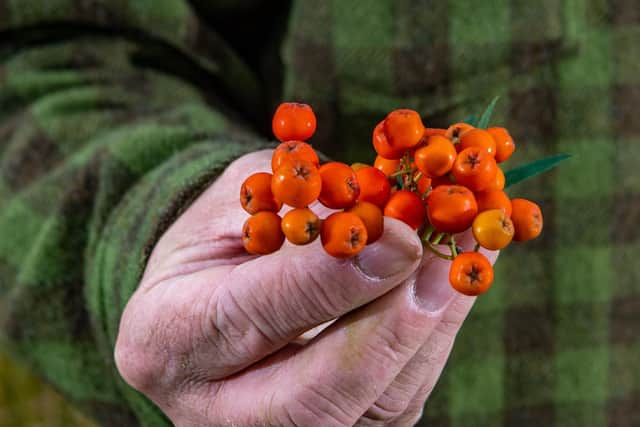Meet the foragers encouaging us to make the most of nature's larder


“I found myself picking an edible plant out of a wall next to a bus stop once and eating it – no one would sit next to me on the bus,” he jokes.
While his fellow passengers might have thought his behaviour somewhat strange, Chris was simply putting into practice what he’s learned through years of foraging for food; a hobby that’s transformed his understanding of how the natural environment can enrich our store cupboards and diets.
Advertisement
Hide AdAdvertisement
Hide AdSince the days of our ancient hunter-gatherer ancestors, we – at least in the western world – have slowly lost touch with our instincts when it comes to the edible outdoors.


Yet somehow, in the age of the 24-hour supermarket and next-day delivery, thousands are returning to this ancient practice, even if through decidedly non-ancient avenues: the most popular Facebook group for UK-based foragers has racked up more than 31,000 members and counting.
“Interest just keeps on growing and growing,” says Chris, who has run his Taste the Wild foraging courses with his partner Rose for 15 years. The teaching takes place largely in Yorkshire